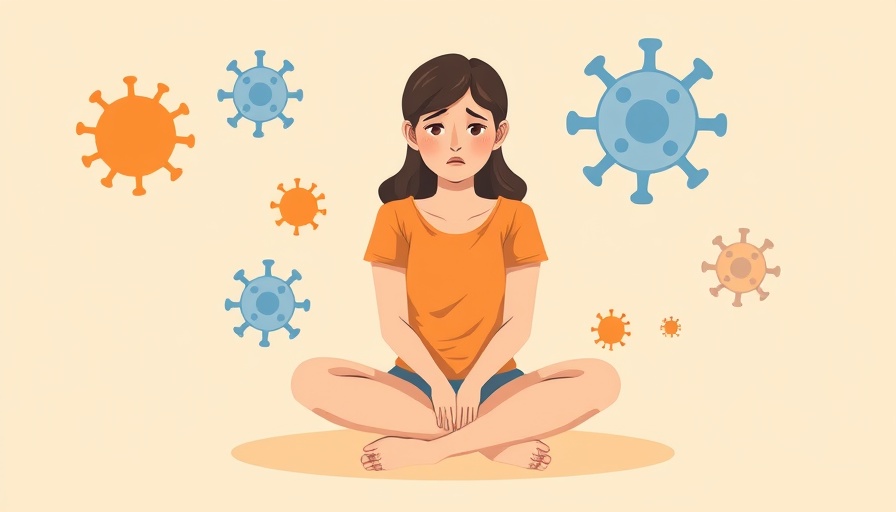
Bridging the Gap: How Digital Health is Shaping the Future
At the HIMSS25 conference, the focus was on how digital health can revolutionize the way we access health care. With over 40% of the global population represented in the Global Digital Health Partnership (GDHP), the collaboration aims to tackle universal health challenges through technology. Herko Coomans, from the Ministry of Health, highlighted that countries face similar challenges in health system infrastructure, despite their differences. The aim is to work together to use technology effectively in health services, particularly for families and parents navigating maternal and child health.
A Seamless Approach: Improving Healthcare Access for Everyone
Through enhanced digital health systems, families can expect a smoother experience when seeking care. With the rise of telemedicine and digital health apps, parents can manage their children's health conditions from the comfort of home. For those living in rural areas, healthcare access is especially important. Digital innovations such as remote monitoring and online consultations are bridging gaps, empowering parents with knowledge and timely health information.
Learning from the Past: The Evolution of Health Systems
Historically, health systems have struggled with access and equity. However, organizations like the GDHP are paving the way for improvements by sharing best practices. In the past, many parents would rely on local health facilities, which might lack resources for proper maternal or child care. With the shift toward digital solutions, healthcare is becoming more inclusive and equipped to address chronic diseases and even health crises like pandemics. This necessary evolution ensures that families are not left behind.
The Role of Technology in Disease Prevention
With the advancement of technology, the potential for preventing diseases has never been greater. The GDHP emphasizes sharing innovative solutions for managing diseases that impact families directly, such as infectious diseases and chronic conditions. It ensures that parents have access to timely vaccinations and education about health issues affecting mothers and children, contributing to healthier communities.
A Shared Responsibility: The Importance of Community Health Workers
Community health workers play a crucial role in delivering healthcare to families. With increasing collaboration across borders, these workers can now access a wider array of resources and training from the GDHP’s efforts. They are the bridge between the health system and families, ensuring that information flows effectively and that parents are equipped to care for their little ones. This is a vital step toward health equity.
Looking Ahead: Future Trends in Digital Health
As we consider the future of healthcare, it's clear that digital health will remain integral. With continued funding and emphasis on innovation, we can expect growth in telemedicine, personalized healthcare, and preventive programs that specifically target child nutrition, maternal health, and other areas critical to family wellness. The importance of adapting to the evolving landscape of health technology cannot be underestimated, especially as we continue to navigate global health challenges.
Empowering Parents: The Value of Health Literacy
One of the most valuable assets in managing family health is health literacy. Parents must understand available resources and how to use them. With organizations like GDHP leading the way in education and resource sharing, parents can stay informed about the latest developments in maternal and child health, benefiting from tailored health tech solutions that suit their needs.
In summary, the collaboration at HIMSS25 is not just about technology; it's about creating a powerful network dedicated to enhancing health for families worldwide. As we move towards a future where digital health is at the forefront, parents can navigate health systems with more confidence, impacting their children's health today and into the future. Together, let’s champion the cause for accessible health care for all families!
 Add Row
Add Row  Add
Add 




Write A Comment